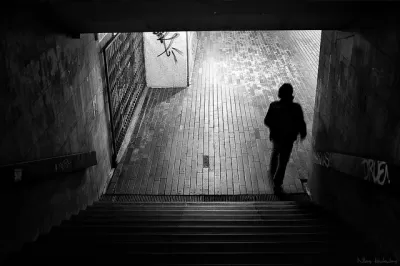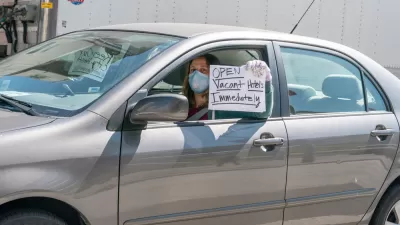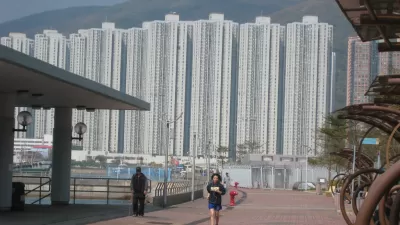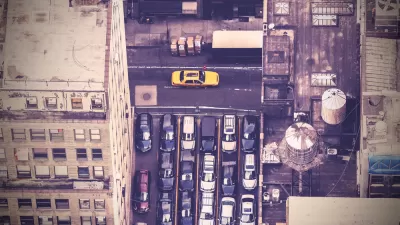With rapidly urbanizing metro areas, some cities are not looking to build up, or spread out, anymore. Rather they have begun to grow into underground spaces.

Flavia Krause-Jackson, Kati Pohjanpalo, and Sharon Chen contributed to a piece in Bloomberg News regarding underground development. With limited space, and sky-rocketing real estate prices, some cities are looking down to create much needed space.
As Clara Irazábal, assistant professor at the Graduate School of Architecture, Planning and Preservation at Columbia University, shared with the writers, "[t]here are real opportunities to develop underground to accommodate density for cities that are already overcrowded or growing... It can expand efficiency, reduce commuting times and improve quality of life."
A perfect example is in the third-most densest sovereign nation, Singapore. With a huge population of 5.4 million crammed onto a tiny 277 square mile island, wealthy Singapore's skyline is already jammed with more than 4,000 high-rises. This month, Singapore opened an underground oil-storage facility, "freeing space three times the size of New York’s Grand Central Station for chemical manufacturing above ground. The project caps a 30-year effort to create a petrochemical hub. It began when officials merged seven offshore islets and then spent S$950 million ($749 million) to dig rock caverns that can hold enough liquid hydrocarbon to fill 600 Olympic-sized swimming pools."
The piece describes efforts utilizing underground space in places like Helsinki, Beijing, and New York City.
FULL STORY: People Plunge Underground to Work and Play as Streets Above Get Crazy Crowded

Maui's Vacation Rental Debate Turns Ugly
Verbal attacks, misinformation campaigns and fistfights plague a high-stakes debate to convert thousands of vacation rentals into long-term housing.

Planetizen Federal Action Tracker
A weekly monitor of how Trump’s orders and actions are impacting planners and planning in America.

San Francisco Suspends Traffic Calming Amidst Record Deaths
Citing “a challenging fiscal landscape,” the city will cease the program on the heels of 42 traffic deaths, including 24 pedestrians.

Defunct Pittsburgh Power Plant to Become Residential Tower
A decommissioned steam heat plant will be redeveloped into almost 100 affordable housing units.

Trump Prompts Restructuring of Transportation Research Board in “Unprecedented Overreach”
The TRB has eliminated more than half of its committees including those focused on climate, equity, and cities.

Amtrak Rolls Out New Orleans to Alabama “Mardi Gras” Train
The new service will operate morning and evening departures between Mobile and New Orleans.
Urban Design for Planners 1: Software Tools
This six-course series explores essential urban design concepts using open source software and equips planners with the tools they need to participate fully in the urban design process.
Planning for Universal Design
Learn the tools for implementing Universal Design in planning regulations.
Heyer Gruel & Associates PA
JM Goldson LLC
Custer County Colorado
City of Camden Redevelopment Agency
City of Astoria
Transportation Research & Education Center (TREC) at Portland State University
Jefferson Parish Government
Camden Redevelopment Agency
City of Claremont





























